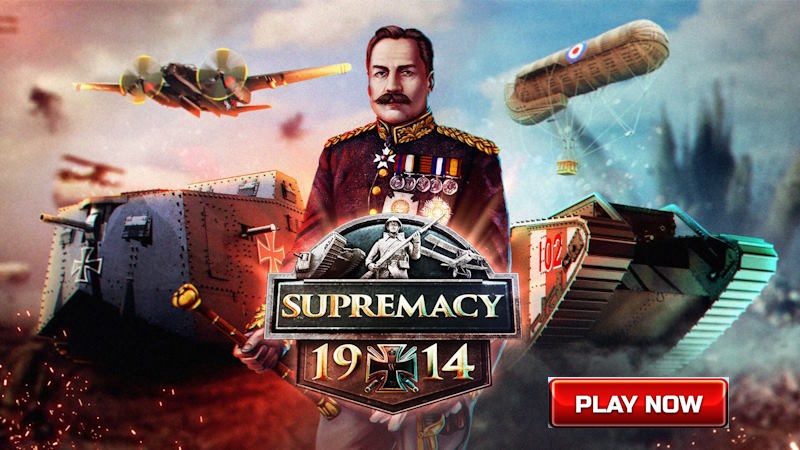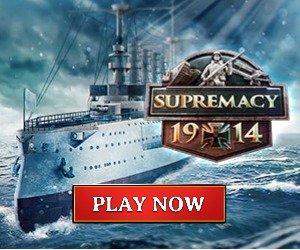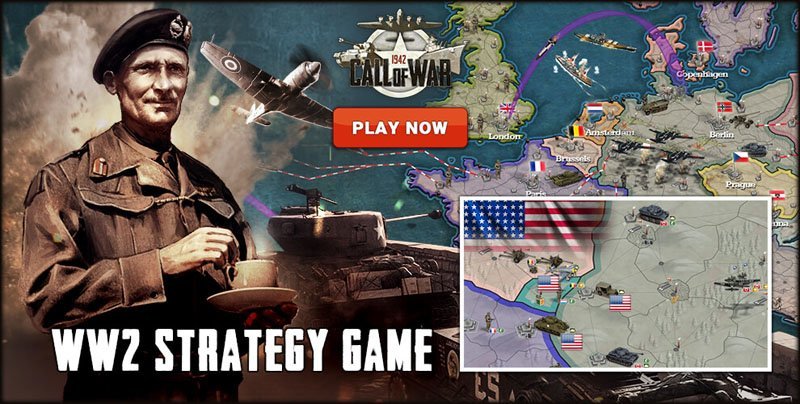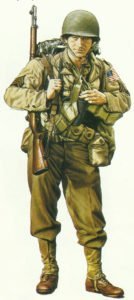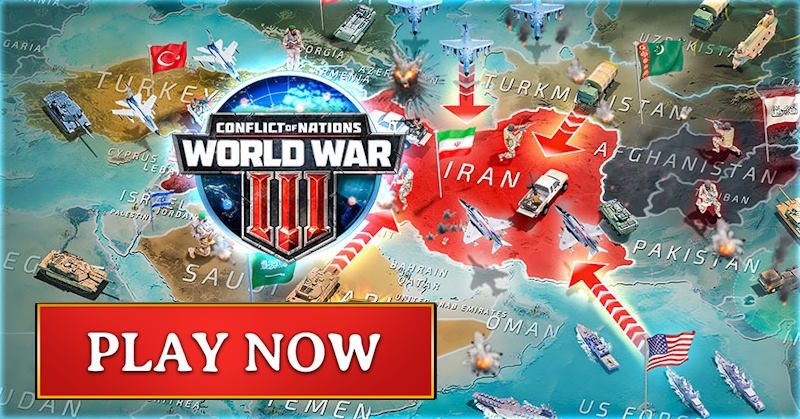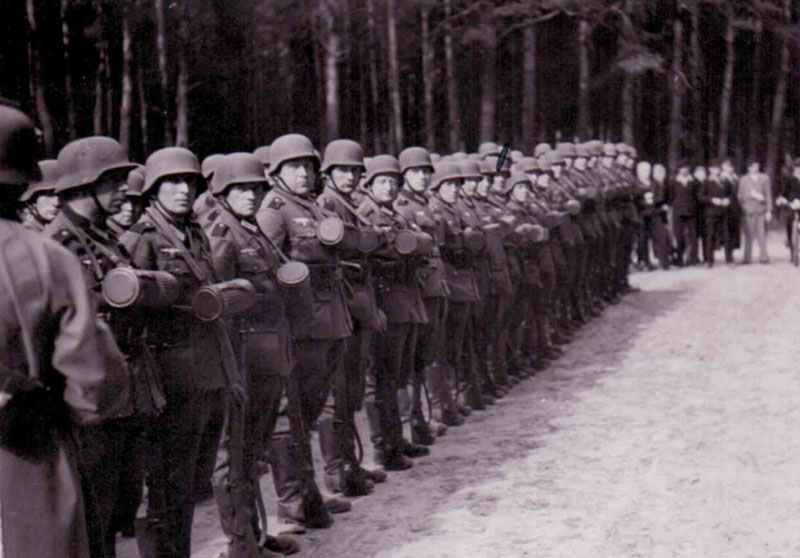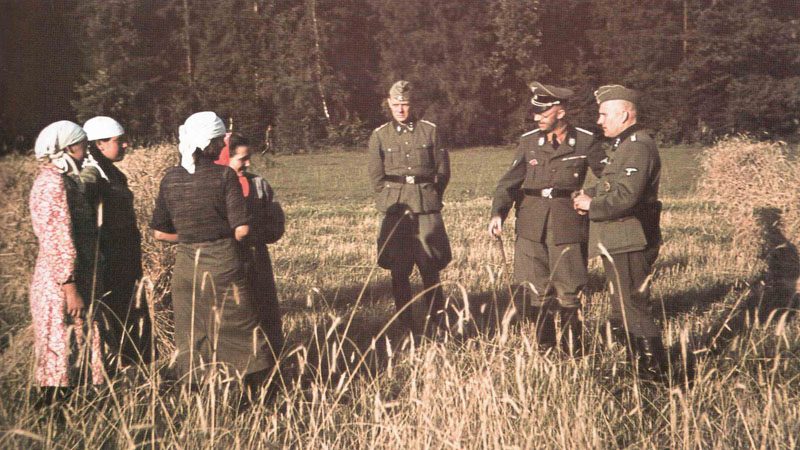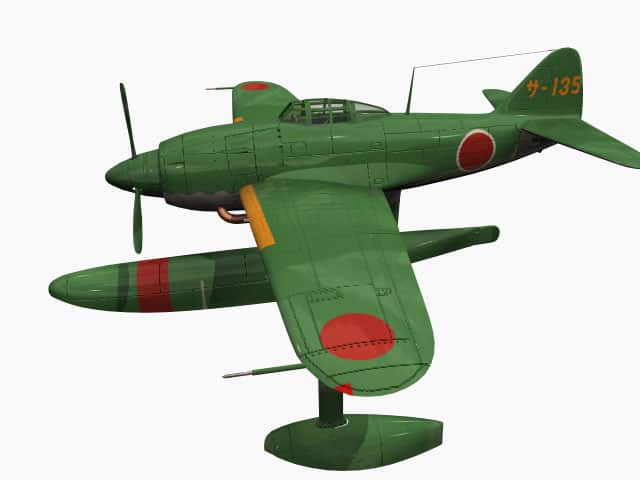Strength and Organization of the US Army in North America, Great Britain and Mediterranean theatre in 1941-42.
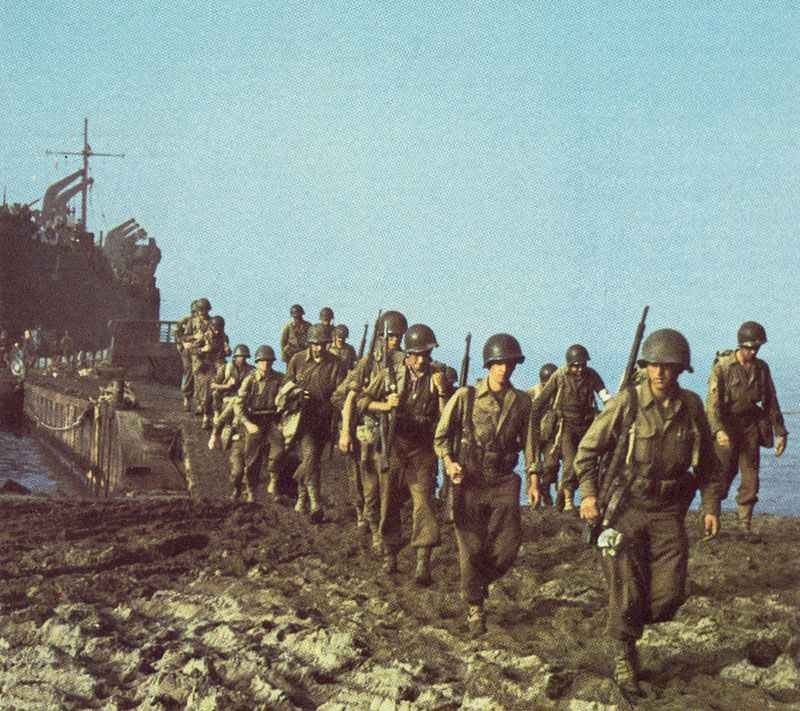
The US Army at the beginning of World War II
Table of Contents
At the beginning of World War II (1939-1941), the United States Army was relatively small and unprepared for a large-scale global conflict.
Overview
Size: In 1939, the US Army had about 190,000 active-duty soldiers. By December 1941, when the US entered the war, this number had grown to around 1.6 million.
Equipment: Much of the Army’s equipment was outdated, with some weapons dating back to World War One.
Training: The Army lacked sufficient training facilities and experienced officers to prepare for modern warfare.
Mobilization: The Selective Training and Service Act of 1940 allowed for peacetime conscription, which helped grow the Army’s ranks.
Modernization: The Army began modernizing its equipment and tactics, but progress was slow.
Leadership: General George C. Marshall became Army Chief of Staff in 1939 and led efforts to prepare the Army for war.
Doctrine: The Army was still developing its understanding of modern combined arms warfare.
Air Corps: The Army Air Corps (predecessor to the US Air Force) was expanding but still relatively small.
Isolationist sentiment: Public opinion in the US was largely against involvement in another European war, which affected military preparedness.
Rapid expansion: After the Pearl Harbor attack in December 1941, the Army underwent massive expansion and modernization efforts.
Overall, the US Army at the beginning of World War II was not ready for a major conflict but would undergo significant changes and growth throughout the war.
US Army
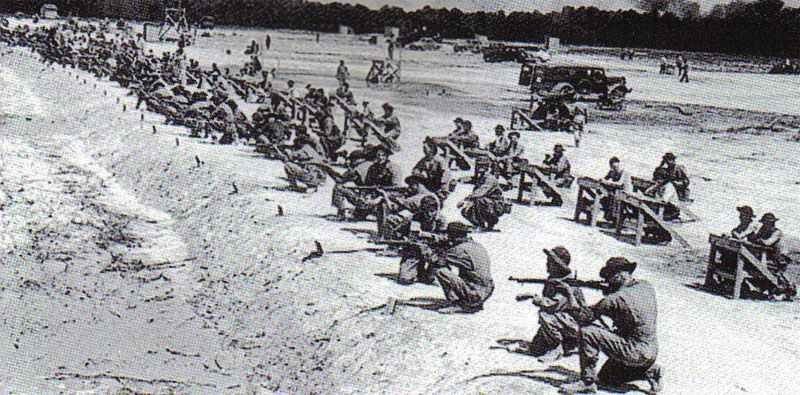
Although it is true that the United States mobilized its vast resources in a remarkably short time, American soldiers had ample warning of the coming crisis.
In 1940 the Army was divided in three: the regulars, the National Guard and the Organized Reserve. The Regular Army numbered 243,095 and was scattered in 130 posts, camps and stations, the men serving short-term enlistments: the officers numbered 1,400. The National Guard was 226,837 strong and was equipped by individual states and received two weeks’ training each summer.
There was, in addition, a reserve of 104,228 officers in the organized reserve corps, composed of the Officer Training Camps. The Army received a standard institutionalized pattern of training: the service schools supervised training and the Service Boards tested and developed new equipment.
The continental United States, the Zone of the Interior, was administered by four armies and, in 1940, they only had skeleton staffs of 4,400 troops each. There were nine infantry divisions; only three had a compliment of regular formations, the other six were only 3,000 strong. There was also a cavalry division and a mechanized brigade of 4,000 and 2,300 men respectively. Responsibility for speeding up mobilization was given to General Headquarters (GHQ), and in 1941 it was given responsibility for the training of troops under the leadership of General Leslie McNair.
On 17 June 1941 the Army was expanded to 280,000 men and nine days later to 375,000. On 16 September the National Guard units were absorbed into the Army and Roosevelt persuaded Congress to pass the Selective Service Act; by July 1941, 606,915 men were inducted into the Army.
New units were usually formed around the regular or National Guard formations. At first there were 27 divisions, nine regular and 18 National Guard; there were also two armored divisions and a further three completing their training.
Picture right: This GI (means ‘government issue’) as disembarking at Oran (Northwest Africa) in November 1942. He wears the standard American Army combat uniform and equipment. Rank badges are worn on the sleeves and on the left the American flag is prominently displayed. Anglo-French relations in late 1942 were such that Americans were anxious that the French should not mistake them for British troops.
The main factor which limited the size of the US Army, apart from the capacity of the American economy to equip such a large force quickly, was shipping.
The shipping estimates showed that no more than 4,170,000 men could be shipped overseas by the end of 1944. In the event the number of divisions shipped abroad did not exceed 88. This fact was an important restraint on Allied strategy.
Thus, although expansion between December 1941 and December 1943 was unprecedented, with the Army growing from 1,657,157 to 5,400,888, a further increase in the number of units was not undertaken. By December 1944, 4,933,682 Americans were serving abroad in 80 divisions; these were supported by a mere three divisions in reserve.
In 1945 the US Army reached a total of 91 divisions, but three of these were broken up for reinforcements. The remaining 88 were maintained at full combat strength despite the fact that by the end of the Ardennes Campaign in January 1945, 47 regiments in 19 divisions had suffered between 100 and 200 per cent battle casualties.
US Army units participating in Operation Torch, the invasion of French North Africa were:
Western Task Force of 35,000 men: 1 armored division, 2 infantry divisions.
Central and Eastern Task Forces: 1 armored division, 3 infantry divisions.
While the Western Task Force was composed entirely of US personnel, the Central and Eastern forces also included British troops.
US Army units in 1942:
| Infantry Division | Armoured Division | Tank Battalion | Tank Destroyer Battalion | |
|---|---|---|---|---|
| Total units (in summer 1942) | c. 28 (42 in December 1942; including armoured) | c. 5 (16 in 1944-45) | 2 + (65 in 1944-45, often being combined in groups of 3-5, sometimes with mechanized infantry units) | 3 + (80 in 1945) |
| Infantry regiments | 3 (each with three battalions, each with 860 men) | 1 (with three battalions, each with 860 men, all mounted on half-tracks) | - | - |
| Total men | 14,253 | 10,900 | 729 | 1,250 |
| Machine guns | 280 (147 x .30, 133 x .50) | c. 93 (49 x .30, 44 x .50) | 18 x .30, 26 x .50 | 30 x .30, 44 x .50 |
| Bazookas | 557 (1943) | 607 (1943) | 25 | 62 |
| Mortars | 138 (81 x 60mm, 57 x 81mm) | 46 (27 x 60mm, 19 x 81mm) | 6 x 81mm | 3 x 81mm |
| Artillery | 48 (36 x US 105mm Howitzer, 12 x US 155mm Howitzer) | - | - | - |
| Self-propelled howitzers | 24 (18 x 75mm, 6 x 105mm) | 54 (105mm) | - | - |
| Anti-tank guns | 109 (37mm M3A1 , later 57mm) | 27 | - | - |
| Anti-aircraft guns | all anti-aircraft battalions were controlled by the commanding Field Army | |||
| Vehicles (trucks) | 1,440 (note: this capacity was not enough to move all equipment and personnel simultaneously). All types total: 2,653 | 2,653 (all types, including Jeeps) | 64 | 82 |
| APC's | 5 | 501 (M3 Half-tracks) | 13 | - |
| Armoured Cars | - | 68 (M8) | - | 36 |
| Tanks | - | 227 (159 medium M3 'Lee' or M4 Sherman, 68 Stuart) | 68 (51 medium M3 'Lee' or M4 Sherman, 17 Stuart) | 36 (M10) |
References and literature
The Armed Forces of World War II (Andrew Mollo)
World War II – A Statistical Survey (John Ellis)
The Tunesian Campaign (Charles Messenger)


